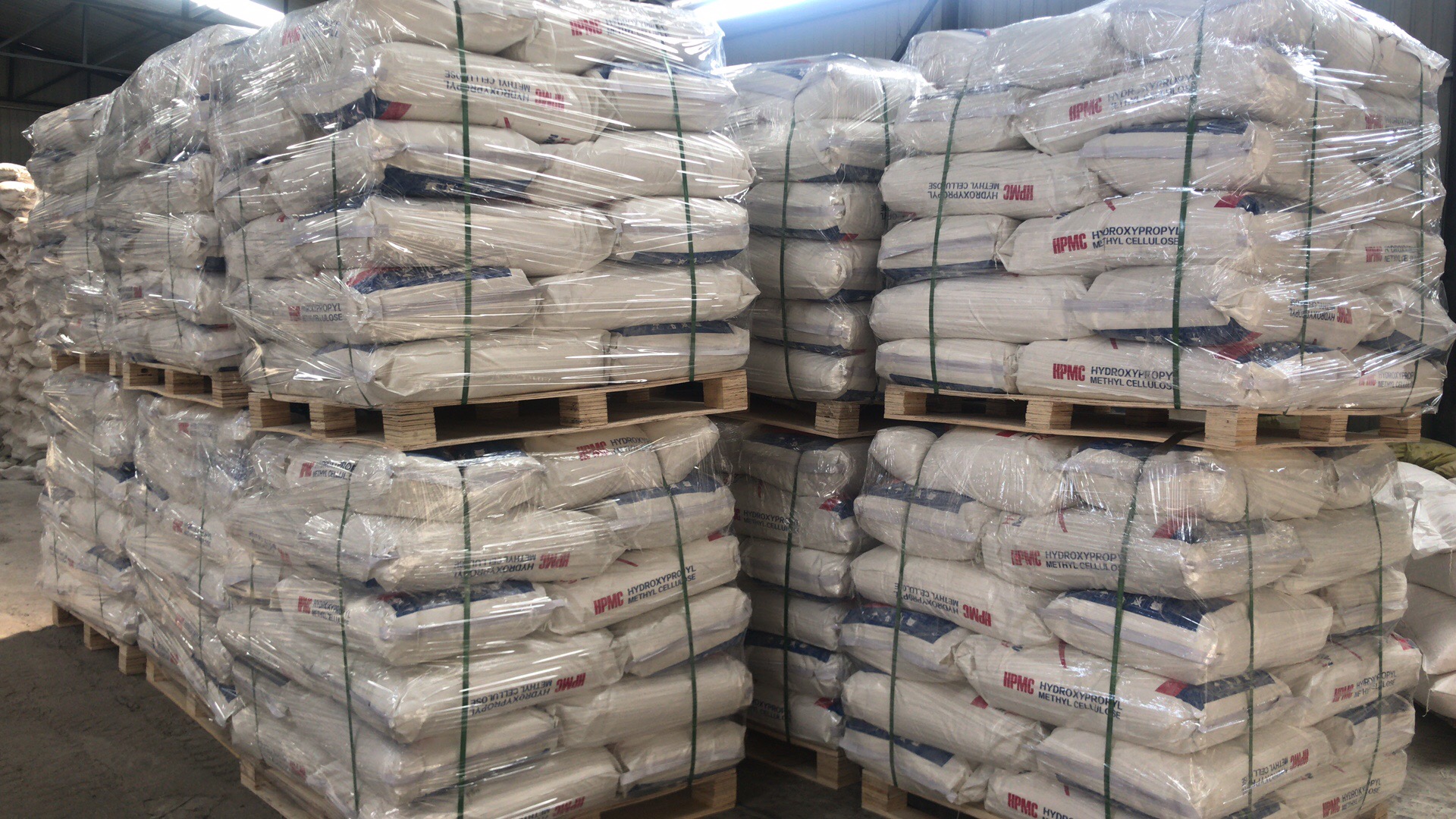What is the difference between HPMC and HEMC?
Hydroxypropyl methylcellulose (HPMC) and hydroxyethyl methylcellulose (HEMC) are cellulose ethers that are widely used in various industries mainly due to their multifunctional properties. These compounds are derived from cellulose, a natural polymer found in plant cell walls.
Chemical structure:
HPMC (hydroxypropyl methylcellulose):
Hydroxypropyl: HPMC contains hydroxypropyl groups attached to the cellulose backbone. These groups are introduced through chemical reactions involving propylene oxide.
Methyl: Methyl is also present in the cellulose structure. These groups enhance the solubility of cellulose and change the physical properties.
MSDS HYDROXYPROPYL METHYL CELLULOSE HPMC
HEMC (Hydroxyethyl Methyl Cellulose):
Hydroxyethyl: HEMC is the opposite, containing hydroxyethyl instead of hydroxypropyl. These groups are introduced by reaction with ethylene oxide.
Methyl: Similar to HPMC, HEMC also contains methyl groups.
MSDS HYDROXYETHYL METHYL CELLULOSE MHEC
characteristic:
Solubility:
HPMC: Generally soluble in water over a wide temperature range. The degree of substitution (DS) affects its solubility, the higher the degree of substitution, the higher the solubility.
HEMC: Like HPMC, HEMC is water-soluble. Solubility is affected by factors such as temperature and degree of substitution.
Thermal gelation:
HPMC: Has thermogelling properties, meaning it can form a gel at high temperatures and return to a solution upon cooling.
HEMC: Also exhibits thermal gelling behavior, providing gel solutions under specific temperature conditions.
Film formation:
HPMC: Known for forming flexible transparent films.
HEMC: Similar to HPMC, HEMC is capable of forming thin films, and the properties of these films can be tailored to specific requirements.

Viscosity:
HPMC: The viscosity can be adjusted by adjusting the degree of substitution and molecular weight. HPMC is widely used as a thickener and gelling agent.
HEMC: Has viscosity-modifying properties, making it useful in a variety of applications requiring controlled rheology.
application:
Construction industry:
Both HPMC and HEMC are widely used in construction materials such as mortars, plasters and tile adhesives to improve workability, water retention and adhesion.
drug:
In the pharmaceutical industry, these two compounds are used as binders, thickeners, and stabilizers in pharmaceutical formulations.
food industry:
Although HPMC is more commonly used in the food industry, both HPMC and HEMC can be used as food additives to provide thickening and stabilizing effects in a variety of products.
Personal care products:
HPMC and HEMC are found in cosmetics, shampoos and other personal care products and help improve the viscosity, stability and texture of these formulations.
Paints and Coatings:
HPMC and HEMC are used in paints and coatings to improve viscosity, sag resistance and adhesion.
Oil and gas:
Both cellulose ethers are used in drilling fluids and cementing operations in the oil and gas industry.
Factors affecting choice:
Degree of substitution (DS):
The choice between HPMC and HEMC may depend on the required properties, and the degree of substitution plays a crucial role in tuning these properties.
Application requirements:
Depending on factors such as solubility, viscosity, and thermal gelation, one cellulose ether may be preferred over another for a particular application.
Cost considerations:
The production cost and availability of each cellulose ether may influence choice, especially in large-scale industrial applications.
Regulatory Compliance:
Depending on the industry and geography, regulatory standards may dictate the choice of HPMC versus HEMC in certain applications.
in conclusion:
Although HPMC and HEMC share some similarities due to their common cellulose backbone, their chemical structures, properties, and applications differ. The choice between them depends on the specific requirements of each industry, and both cellulose ethers remain indispensable in areas ranging from construction to pharmaceuticals, proving their versatility and adaptability in a wide range of applications.
